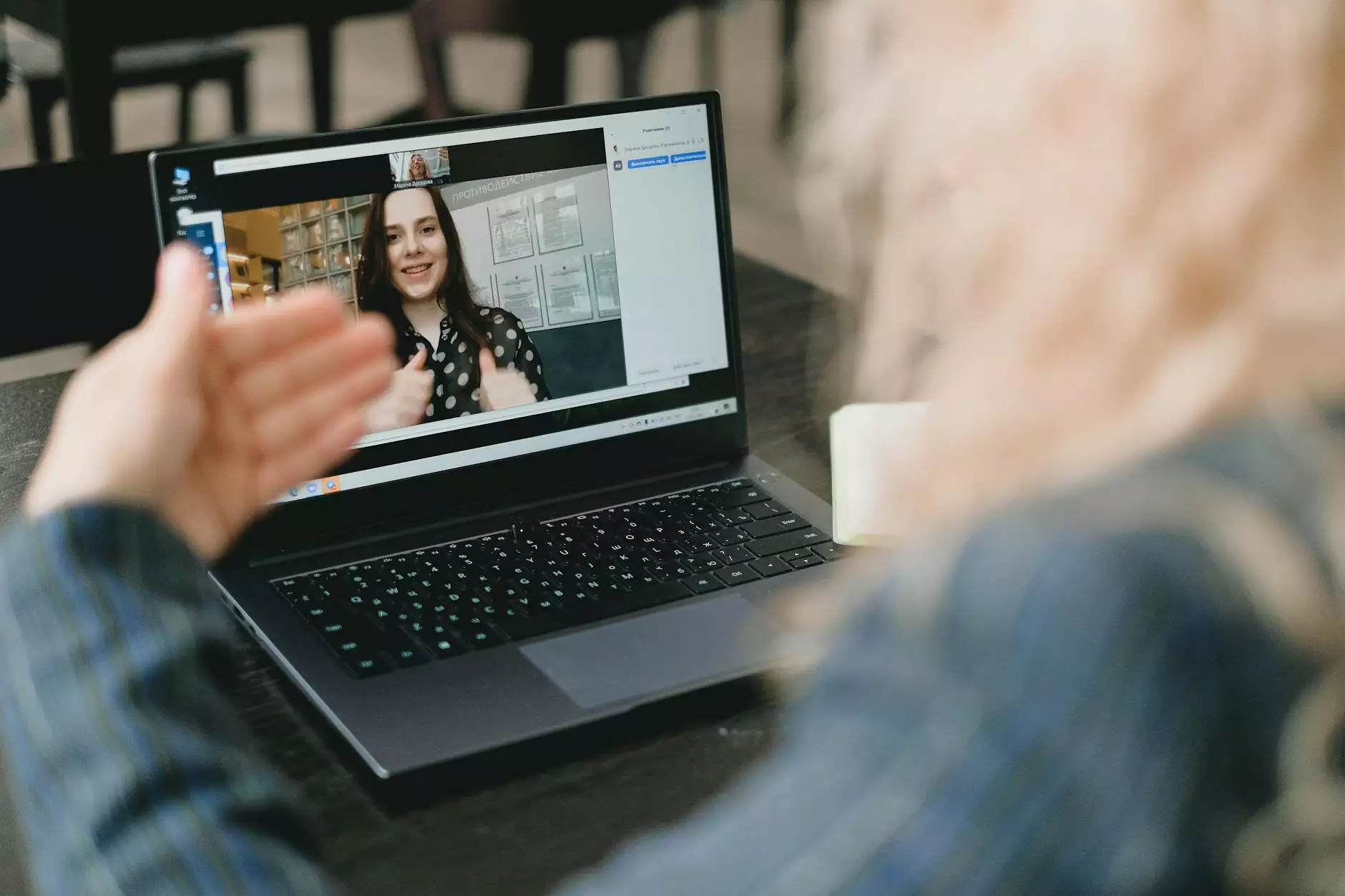How to Build a Virtual Classroom in 2023?
Development Partners
Welcome to Maslow Lumia Bartorillo Advertising's comprehensive guide on how to build a virtual classroom in 2023. In the ever-evolving world of education, virtual classrooms have gained significant popularity, offering flexibility, accessibility, and engaging learning experiences for students of all ages. Whether you are an educator looking to transition from traditional face-to-face teaching or a business wanting to create an online training platform, we have the expertise and insights to help you succeed.
The Importance of Virtual Classrooms
In today's digital era, virtual classrooms provide a wide range of benefits for both educators and learners. By harnessing technology and innovative tools, virtual classrooms offer:
- Flexibility: Students can access learning materials and participate in classes from any location with an internet connection.
- Accessibility: Virtual classrooms remove barriers to education by accommodating students with diverse needs or those who face geographical limitations.
- Engagement: Interactive features such as live video sessions, real-time chat, and multimedia content enhance student engagement and promote active learning.
- Cost-effectiveness: Building and maintaining a virtual classroom can be more cost-effective compared to traditional brick-and-mortar setups.
- Data-driven insights: Virtual classrooms provide extensive data on student performance, allowing educators to personalize instruction and improve learning outcomes.
Key Steps to Building a Virtual Classroom
1. Set Clear Learning Objectives
Before diving into the technical aspects, it's essential to define your learning objectives. What knowledge and skills do you want your students to gain? Clearly outlining your goals will guide the design and organization of your virtual classroom.
2. Choose the Right Learning Management System (LMS)
Selecting the appropriate Learning Management System (LMS) is crucial for building a successful virtual classroom. Consider factors such as user-friendliness, features, scalability, and compatibility with your existing tools. Some popular LMS options include Moodle, Canvas, and Blackboard.
3. Create Engaging Content
High-quality content is key to capturing and retaining students' attention. Develop interactive lectures, multimedia presentations, and engaging learning materials that cater to various learning styles. Incorporate videos, quizzes, and interactive assignments to keep your virtual classroom dynamic and stimulating.
4. Foster Interaction and Collaboration
A vibrant virtual classroom encourages collaboration and interaction among students. Incorporate discussion forums, live chat sessions, and group projects to facilitate peer-to-peer learning. Encourage students to actively participate and share their thoughts, fostering a sense of community and engagement.
5. Leverage Technology Tools
Utilize technology tools to enhance the virtual learning experience. Video conferencing platforms like Zoom and Microsoft Teams enable real-time communication, while screen sharing and whiteboarding tools facilitate interactive discussions. Explore educational apps and platforms that can supplement your curriculum and promote active learning.
6. Implement Assessments and Feedback Mechanisms
Assessments play a crucial role in evaluating students' progress and understanding. Design formative and summative assessments that align with your learning objectives. Additionally, provide timely feedback to students, acknowledging their efforts and guiding them towards improvement.
7. Ensure Technical Compatibility and Reliability
Prioritize technical compatibility and reliability to ensure a seamless learning experience for your students. Test your virtual classroom platform across different devices, browsers, and internet connections to identify and resolve any potential issues. Regular system updates and maintenance are essential to provide a smooth learning environment.
8. Train and Support Educators
Invest in comprehensive training and support for educators to effectively navigate the virtual classroom environment. Offer professional development opportunities, workshops, and resources to equip teachers with the necessary skills and confidence to deliver high-quality online instruction.
9. Continuously Evaluate and Evolve
Building a virtual classroom is an ongoing process. Continuously evaluate your virtual classroom's effectiveness and collect feedback from students and educators. Use these insights to make necessary adjustments, introduce new features, and enhance the overall learning experience.
The Future of Virtual Classrooms
As technology continues to advance, virtual classrooms are poised to revolutionize education. They offer unlimited possibilities for personalized learning, global collaboration, and adaptive instruction. By embracing the potential of virtual classrooms in 2023 and beyond, you can create an inclusive, innovative, and effective learning environment for your students or employees.
Contact Maslow Lumia Bartorillo Advertising Today
At Maslow Lumia Bartorillo Advertising, we specialize in Business and Consumer Services - Marketing and Advertising. If you are interested in building a virtual classroom in 2023 and need expert guidance, please reach out to our team. We have a wealth of experience in leveraging digital platforms and strategies to achieve educational goals. Contact us today to take the first step towards building a successful virtual classroom!










